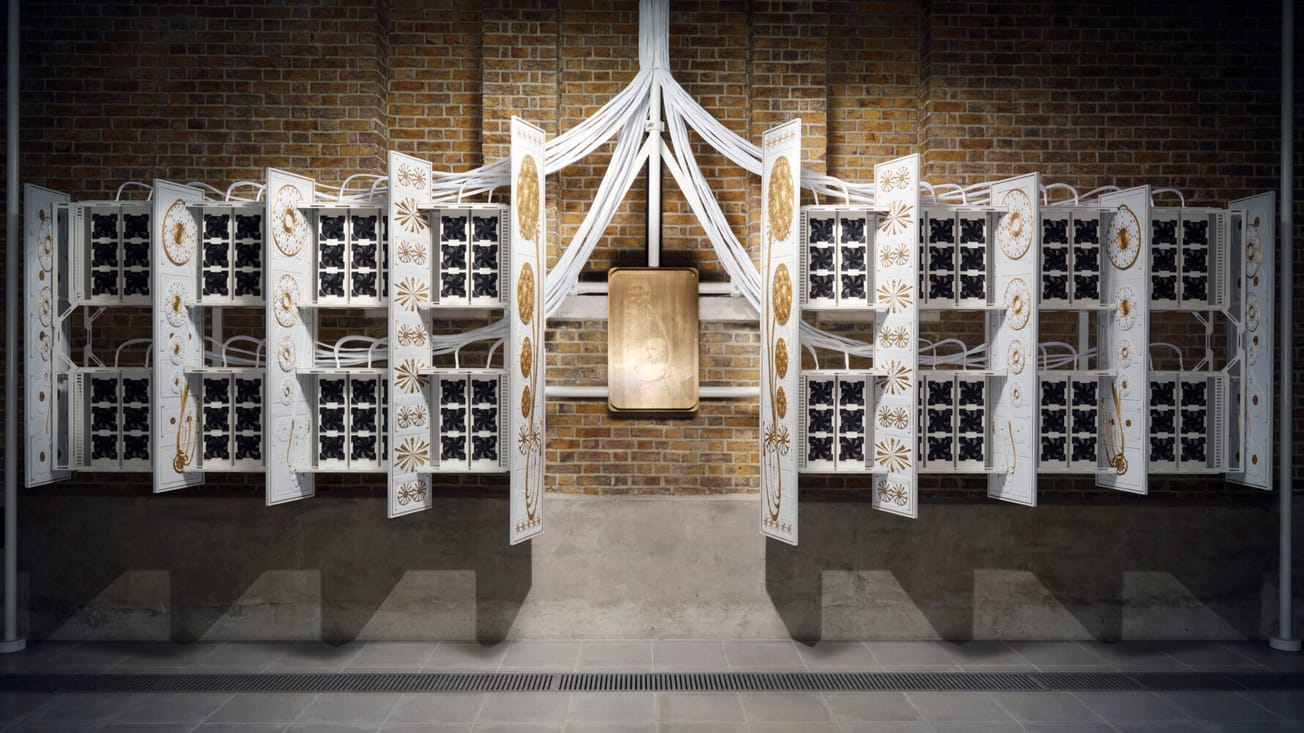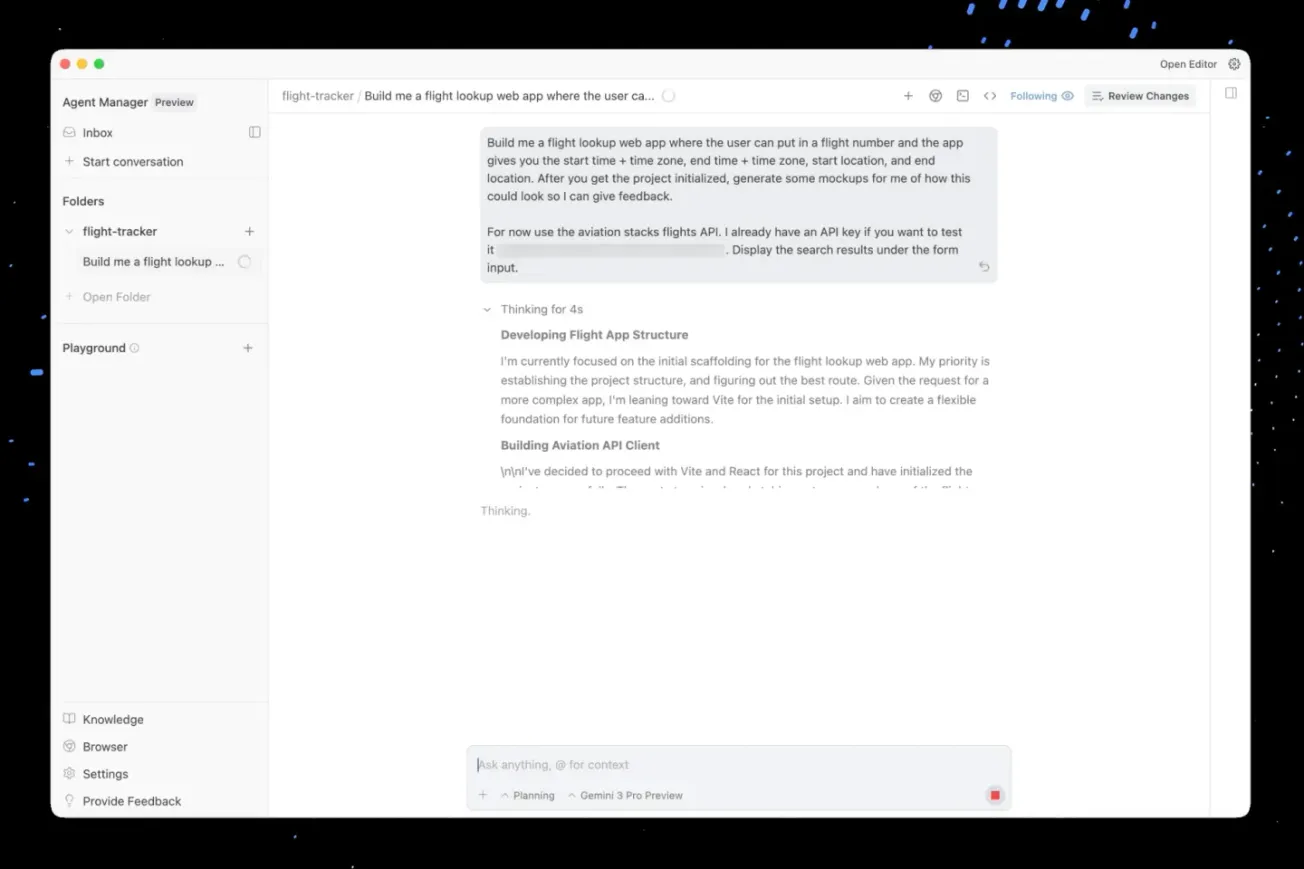Berlin-based artists Holly Herndon and Mat Dryhurst, present their first UK solo exhibition, The Call, at the Serpentine Gallery (North) in London, running until February 2, 2025. This immersive exhibition explores the potential of AI in reimagining collective creativity, employing the medium of choral singing.
The Call considers AI not as a disruptive force but rather as a “coordination technology” that amplifies human connection. Herndon and Dryhurst draw parallels between AI systems and the communal nature of choral singing, both of which require collaboration, structure, and shared intent. This conceptual framework underpins the exhibition’s participatory nature, inviting visitors to immerse themselves in an environment where-in human and machine voices merge.
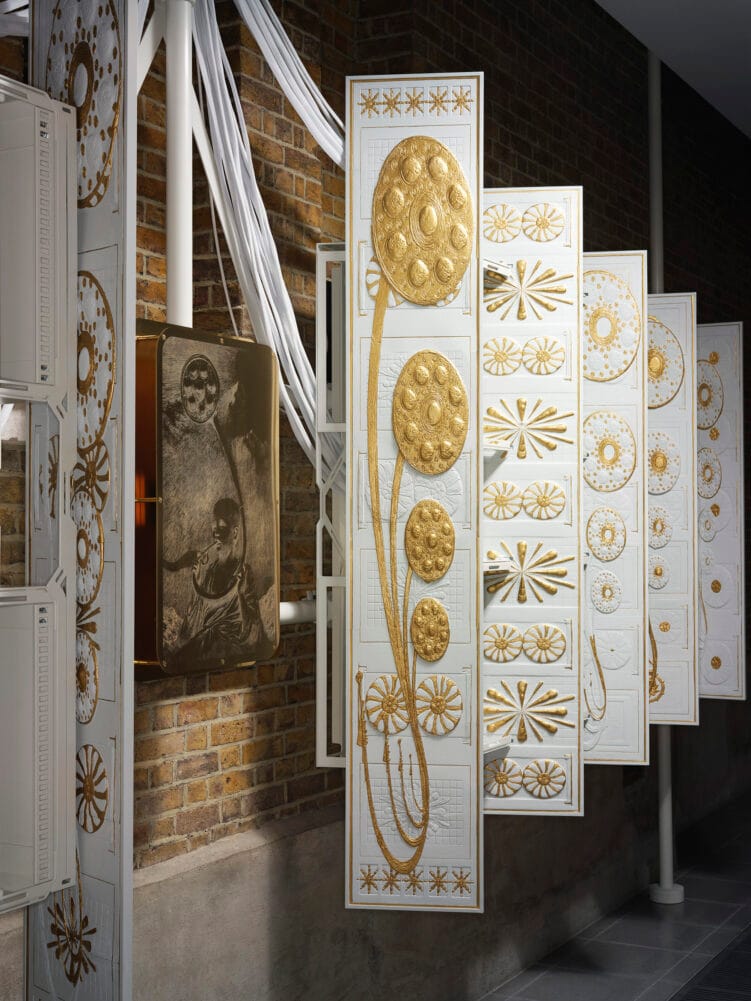
The AI-generated choral pieces were developed during a nationwide tour across the UK in Spring 2024, involving 15 community choirs from Belfast to Bristol. Using a specially composed songbook of hymns and vocal exercises, Herndon and Dryhurst captured these ensembles’ voices with a multi-channel recording protocol. The data from these sessions trained bespoke AI models, resulting in polyphonic compositions that blend human and machine voices into dynamic harmonies.
The exhibition space, designed by the architecture office sub, resembles a chapel, with its acoustics and aesthetics evoking the sanctity and communal spirit of traditional choral gatherings. The installation envelops visitors in a layered soundscape, where AI-generated voices interact with human vocals, creating an evolving auditory experience. This design choice amplifies the themes of connection, spirituality, and technology’s role in enhancing human artistry.
Herndon and Dryhurst’s focus on voice as a medium is both symbolic and practical. Voice, an ancient and universal tool for communication, holds a unique resonance in the digital age. By merging the natural with the synthetic, the artists challenge perceptions of what it means to create and collaborate in an era where AI tools are becoming increasingly prevalent in artistic practices.
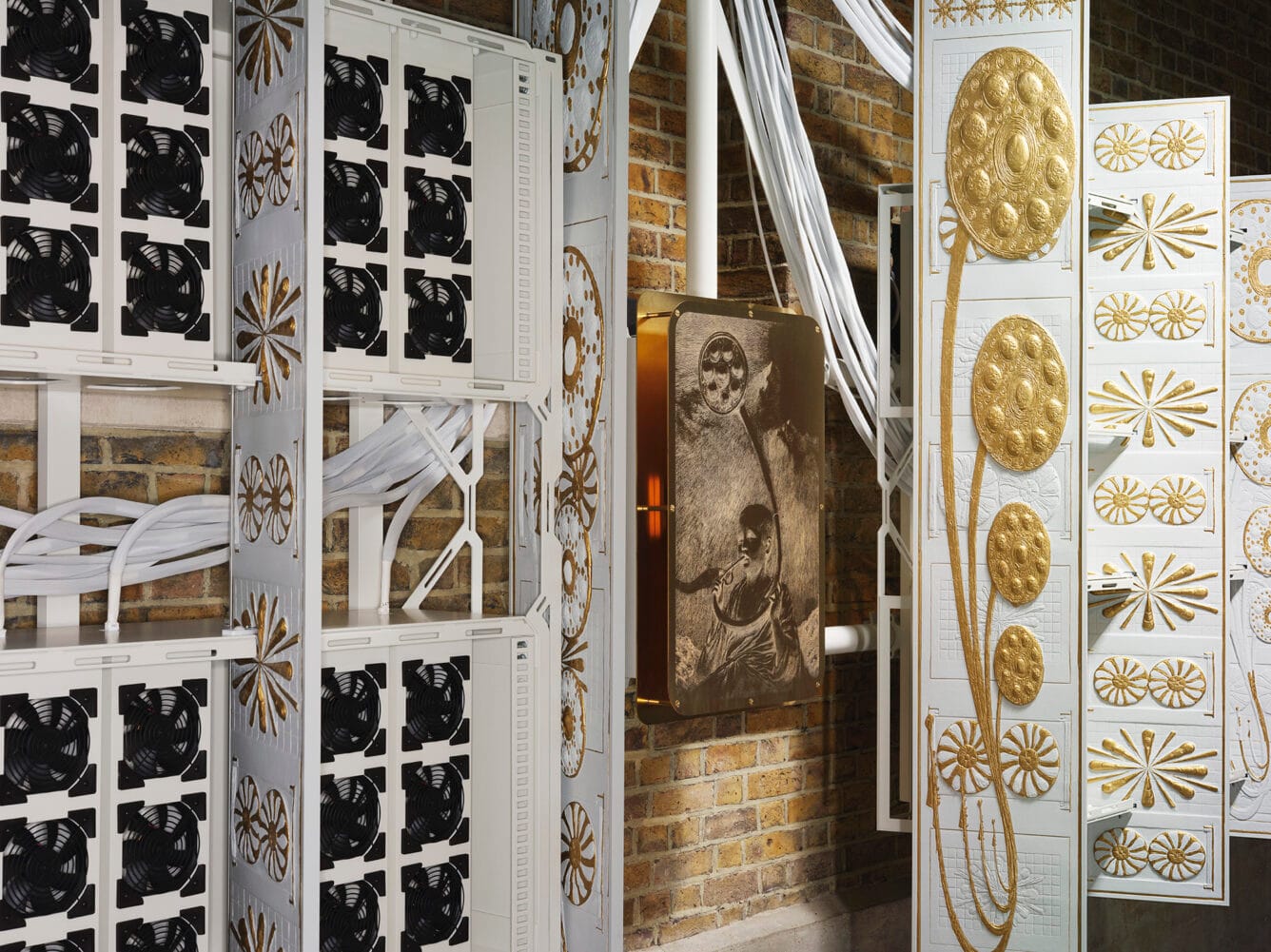
Beyond its artistic merits, The Call serves as a platform for discussing the ethical implications of AI in creative processes. The exhibition emphasizes the importance of collective governance in AI model training, advocating for equitable practices in data usage and decision-making. Herndon and Dryhurst’s collaboration with community choirs underscores their commitment to inclusivity, ensuring that the voices represented in their AI models reflect a broad spectrum of cultural and social perspectives.
Approaching AI as a collaborative force, The Call contrasts with dystopian narratives surrounding AI, offering a hopeful vision of technology’s potential to enhance, rather than replace, human creativity. The Serpentine’s Arts Technologies program launched in 2014. Projects to date have included those by Ian Cheng, Hito Steyerl, and Refik Anadol, amongst many others, have similarly bridged the physical with the digital.
The exhibition extends beyond passive observation, inviting visitors to become part of the creative process. Interactive elements allow attendees to contribute their voices to the soundscape, facilitating further engagement in human and machine collaboration. This participatory aspect aligns with Herndon and Dryhurst’s broader ethos of democratizing technology and fostering shared ownership of creative outputs.
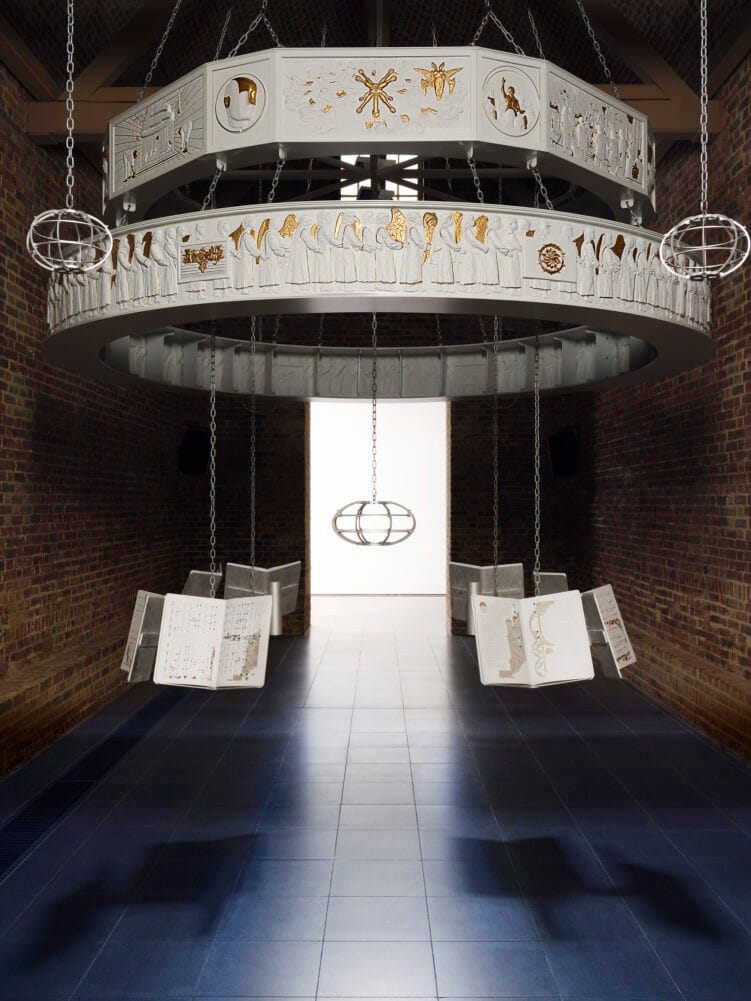
The Call is not just an artistic endeavor but a statement on the future of AI and its integration into society. Herndon and Dryhurst’s vision challenges conventional uses of AI, which often prioritize efficiency and control. Instead, they propose a model where AI acts as a tool for collective meaning-making, echoing the communal rituals of choral singing.
Their work raises important questions about the ethical and cultural implications of AI in the arts. Who decides which voices are included in AI training datasets? How can we ensure that AI tools are used to amplify diversity rather than homogenize creativity? These questions are central to The Call, positioning the exhibition as a critical exploration into ongoing debates about the future roles, usages, and impacts of AI.
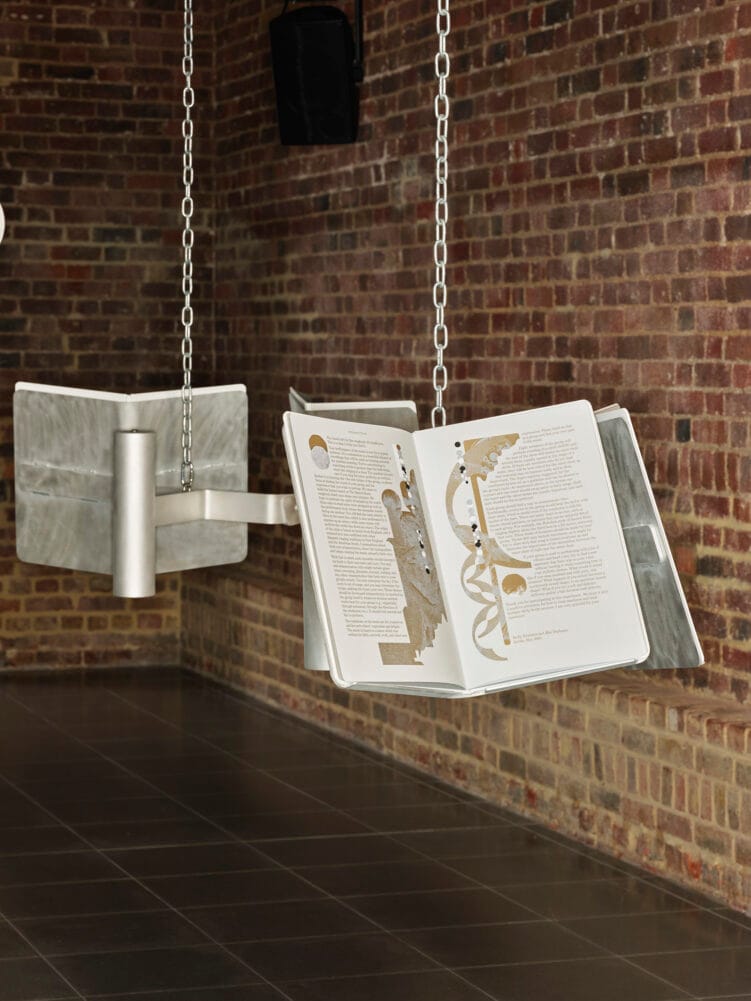
Perhaps, in some ways, The Call is more of an invitation and less of an exhibition. It invites us to rethink our relationship with technology, to embrace collaboration over competition, and to view AI as a partner. By merging the art of choral singing with AI systems, The Call creates a space where tradition and emergent technology coexist, offering a vision of a future where technology enhances our shared humanity.

